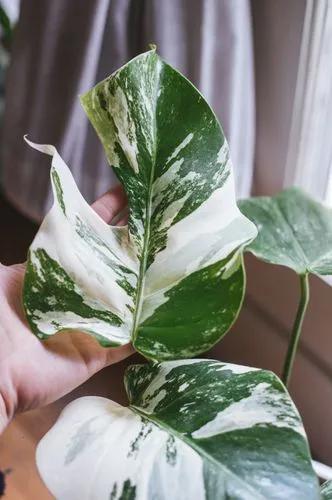Petasites japonicus, also known as butterbur, giant butterbur, great butterbur and sweet-coltsfoot, is an herbaceous perennial plant in the family Asteraceae. It is dioecious, with male and female flowers produced on separate individuals. Occasionally, morphologically hermaphroditic (but functionally sterile) flowers exist.
Petasites Japonicus Care
Petasites Japonicus
Other names: Fuki, Sweet Coltsfoot



The Ainu people refer to the previous inhabitants of Ezo as the Korpokkur or "people who dwelt below ground"; the name can also be interpreted as "people beneath the fuki", and so they are popularly associated with fuki leaves in art and mythology. More fantastic depictions of the Korpokkur portray them as tiny, fairy-like creatures small enough to use the leaves as roofs or umbrellas.
How to Care for the Plant

Water

Be sure to keep the soil wet at all times.

Pruning

Basically, just divide the plant in early spring, if needed.

Fertilizer

Fertilize annually if you don’t already have rich soil.

Sunlight

It can grow in full shade (deep woodland) semi-shade (light woodland) or no shade.

Soil

Perform well in most types of soil.

Temperature

USDA Zone 5a: to -28.8 °C (-20 °F)

Additional

The concentration of the toxic alkaloids is often highest in the rhizomes and lowest in the leaves, and may vary depending on where the plants are grown. These chemicals are toxic to the liver and may cause cancers.

Popularity

113 people already have this plant 9 people have added this plant to their wishlists
Discover more plants with the list below
Popular articles






